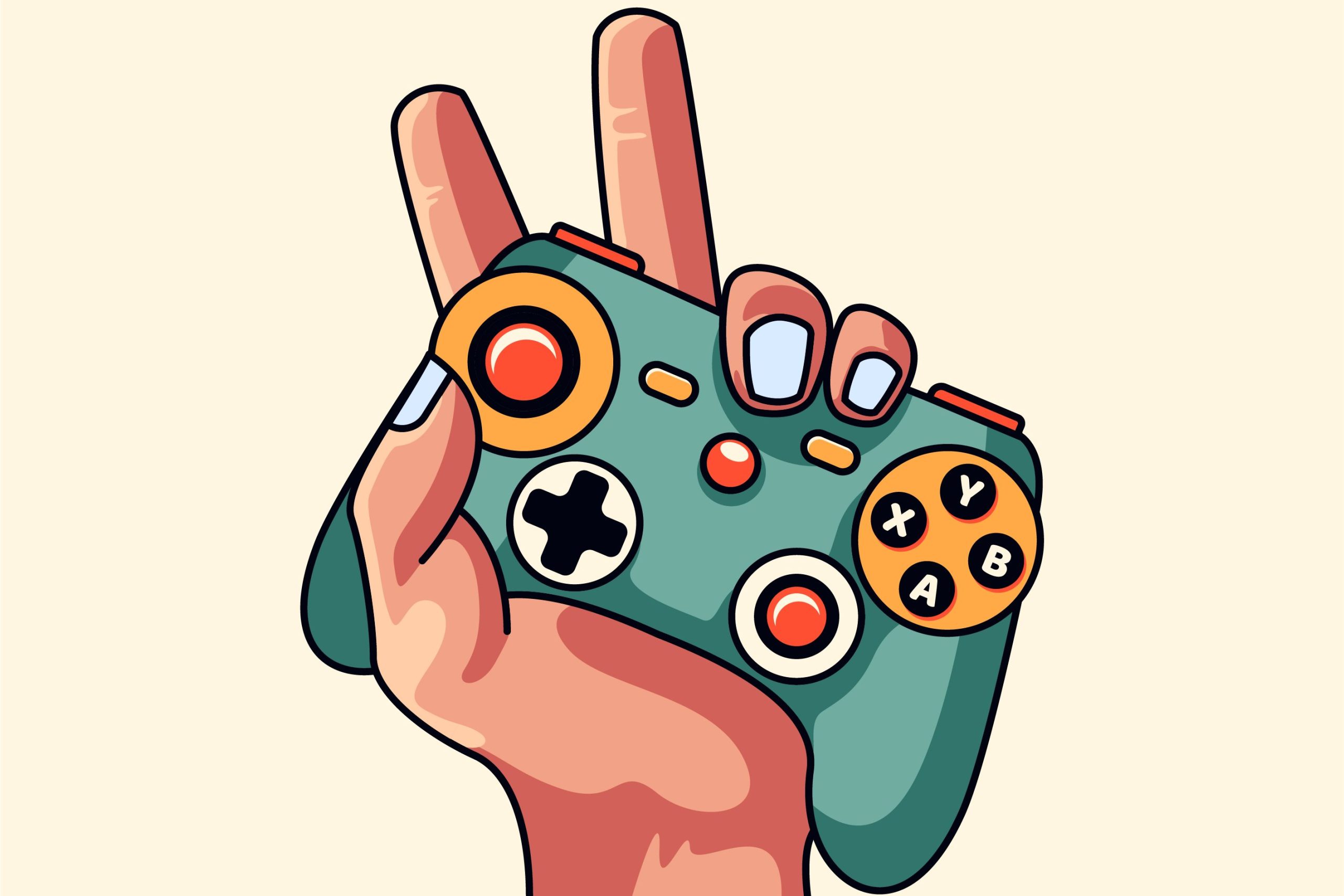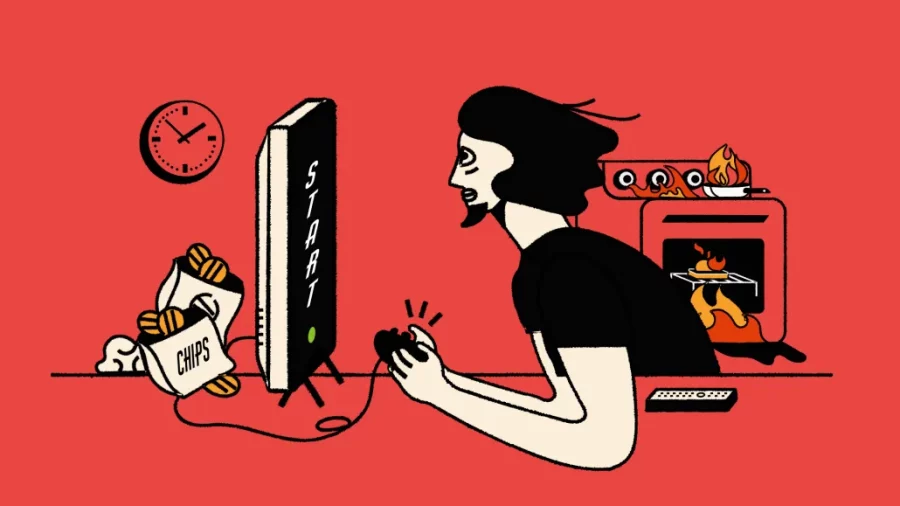Imagine you wielding a controller, your thumbs moving in a rhythmic dance over the buttons. You’re no longer in your room as the screen comes to life; you’re in Gotham or perhaps a galaxy far, far away. This isn’t an attempt to escape reality; instead, it’s an endorsement of McLuhan’s medium theory, which demonstrates how the medium shapes the message.

Exploring medium theory through the eyes of a gamer reveals a fascinating world of narrative and interaction that triple-A game developers have skillfully exploited. Marshall McLuhan’s notion that “the medium is the message” (McLuhan, 2006) rings true in digital gaming because the mediumвАФthe game platformвАФis more than just an instrument for the narrative but an active participant in the storytelling process.
McLuhanвАЩs medium theory suggests that the nature of a medium embeds itself in the message it conveys, influencing how the message is perceived and understood (McLuhan, 2006). In gaming, the platformвАФa console, PC, or virtual realityвАФdemands different levels of sensory engagement and participation, thus affecting the narrative experience.
Critiques of McLuhan, such as those by Williams (2003), argue against a deterministic view of media, suggesting that content can shape the medium as much as the reverse. Yet, in gaming, medium theoryвАЩs applicability seems almost self-evident. The interactive nature of gamingвАФa ‘cold’ medium requiring high audience participationвАФallows for unique storytelling capabilities that are impossible in ‘hotter’ media like film. The game developers’ understanding of this interaction is pivotal in crafting immersive gaming experiences.
Scholarly perspectives, such as those from Ong (2013), highlight the cognitive shift from oral to written culture, akin to the change from passive media consumption to interactive gaming. Furthermore, Jenkins (2004) emphasises the idea that the gaming environment itself can be a storyteller in his work on game design and narrative architecture, an insight rooted in medium theory.
Reflecting on my gaming experience, As I meander through the immersive worlds of triple-A titles, the landscapes and storylines envelop me. It’s in these interactive spaces that the gaming medium itself is sculpting my thought processes. The open-world games crafted by leading studios are not just presenting stories; they are environments of exploration and interaction where the unfolding of the narrative is intrinsically linked to my movements and decisions.
The medium transforms storytelling into a spatial and interactive art form in this gaming dimension. The worlds created in games such as “Horizon Forbidden West” and “Cyberpunk 2077” break free from linearity, becoming living, breathing landscapes that respond to and are shaped by the gamer’s choices. My console transcends its physical existence here, transforming into a portal that not only channels a captivating narrative but also actively participates in the art of storytelling.
This interactive quality of gaming places it on the ‘colder’ side of McLuhanвАЩs media spectrumвАФnecessitating a higher degree of player engagement to complete the narrative mosaic. With every decision and every action, I am not just passing through a story but also contributing to its creation. The medium of the game, thus, is an active force, one that both demands and reflects my involvement, reconfiguring my understanding with each session.
In gaming, the medium theory transcends academic discussion and becomes a lived experience.
Reference list
McLuhan, M. (2006) ‘Understanding Media’, In: Durham, M.G. & Kellner, D. (eds) Media and Cultural Studies: KeyWorks. Malden, MA: Blackwell, pp.107-116.
Jenkins, H. (2004) ‘Game Design as Narrative Architecture’, In: Wardrip-Fruin, N. & Harrigan, P. (eds) First Person: New Media as Story, Performance, and Game. Cambridge, MA: The MIT Press.
Ong, W.J. (2013). Orality and Literacy: The Technologizing of the Word, 3rd ed. Routledge.
Williams, R. (2003). Television: Technology and Cultural Form. London: Routledge. Available from https://doi-org.uow.idm.oclc.org/10.4324/9780203426647 [Accessed 4 November 2023].


Hi, Hailun.
Reading this Game Medium blog of yours has given me a clear understanding of what media theory means with your deep knowledge of this theory board. In the conceptual exposition of Medium Theory, you combine obscure concepts with our roles in 3A games to clearly argue the difference and impact of cold media and hot media. As you say at the end of the article, this is not only a media theory that transcends academia but is also relevant to our lives. But at the same time, from my point of view, this blog could have been better! It would have been a perfect blog if the examples could have been more pictures.
Hi Hailun. This blog post was a lovely read. I loved how you used the concept of gaming to portray McLuhan’s concept of hot and cold media. The example of gaming is not only relevant to the majority of our peers but also places these theories into the modern context that we live in. I discuss in my blog, how this concept works more like a spectrum, and I think this is evident in gaming, as different games are different degrees of cold. For example, a battle royal or first-person shooter game would require more interaction than Candy Crush. In some games, you are physically talking to your teammates, while in others you are playing solo. I do think another graphic or video to end your blog, would have been a nice touch.